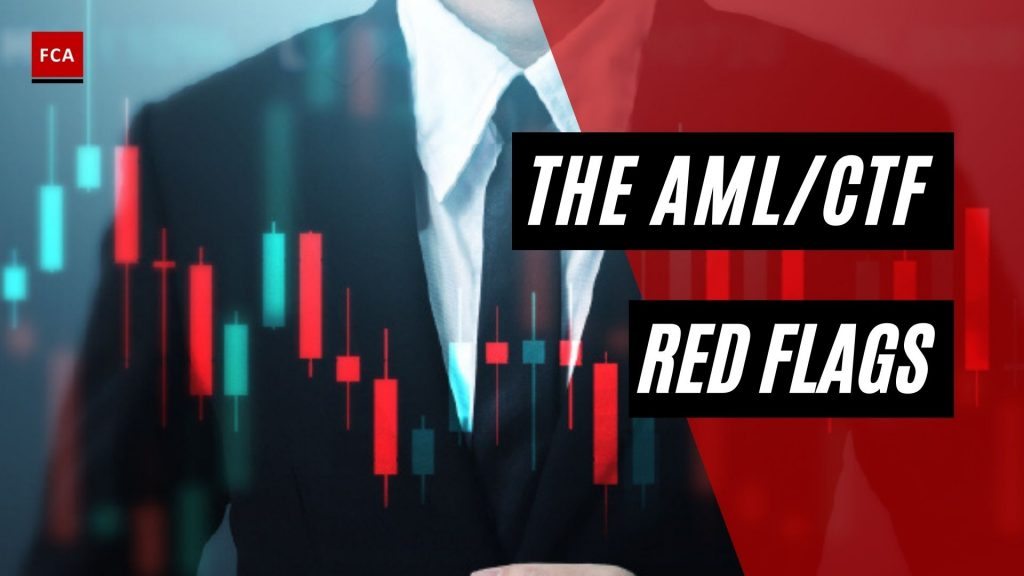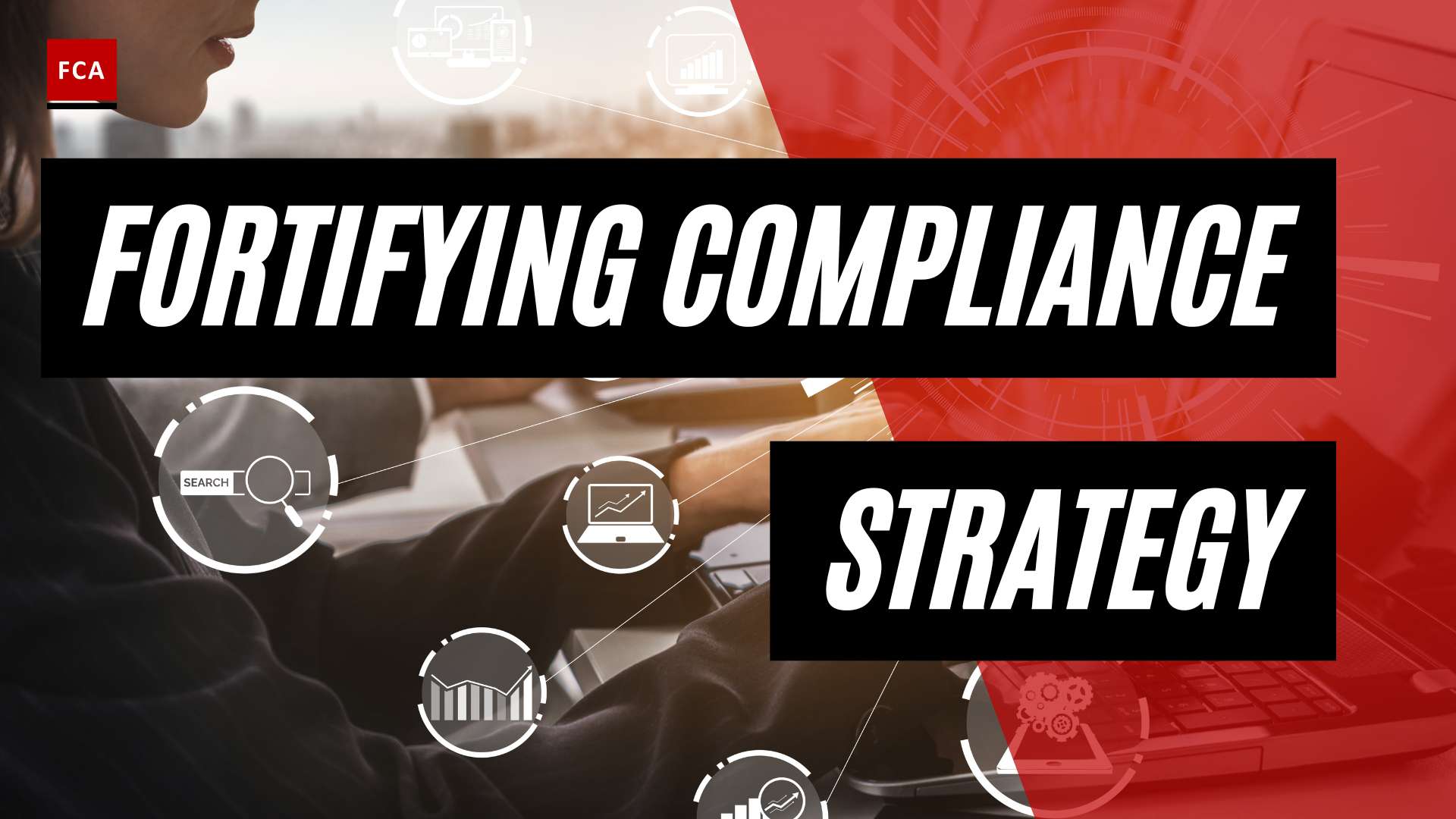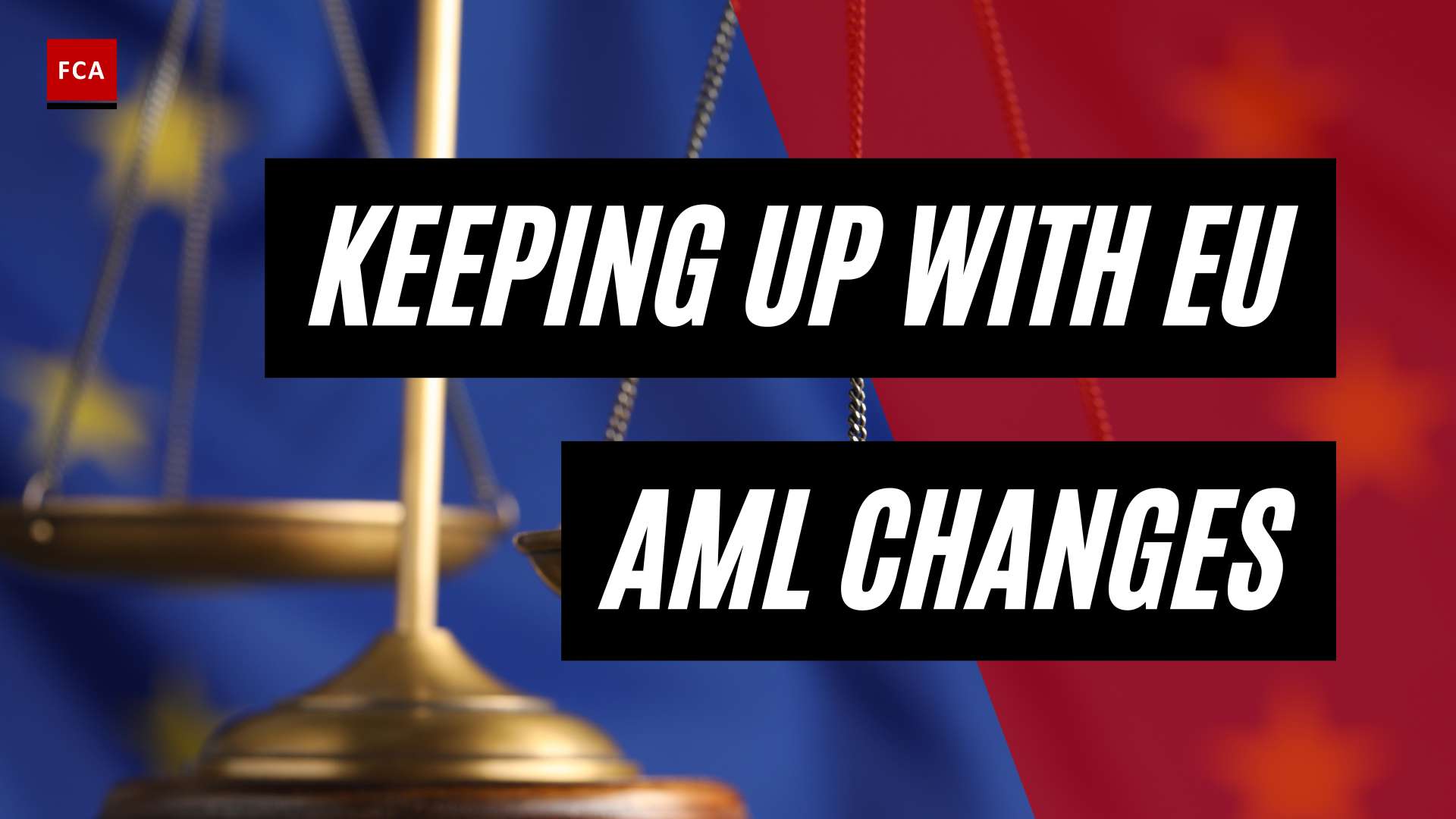Identifying AML/CTF red flags and atypical customer behavior accompanies the entire customer life cycle and virtually every touchpoint. All of this is quite specific for a given organization and the products and services it offers. However, there are some general red flags and types of behavior to look out for, which might show indicia for financial crimes, including money laundering and terrorist financing.

AML/CTF Red Flags
Money laundering causes harm to organizations and countries in a variety of ways. Allowing money laundering through your business may result in high legal costs if the authorities discover it. Every year, criminals launder millions of dollars in “dirty” money, and many are apprehended. To protect your business from financial crimes and penalties from Anti-Money Laundering Regulators, it is critical to be aware of the red flag indicators that indicate illegal activities.
Crime is on the rise in the modern world, and with advances in technology, fraudsters are devising new ways to carry out their malicious plans. Money laundering is one of these crimes that has long been used to exploit businesses. The traditional methods of laundering money have gone virtual. Criminals have devised sophisticated methods for concealing the source of illegally obtained funds. Financial institutions, cryptocurrency exchanges, and Fintech firms are the most vulnerable to money laundering.
A substantial amount of private funding from a single person running a cash-intensive business. The participation of a third-party private funder who has no apparent connection to the business or a legitimate reason for their participation.
Identifying Atypical Customer Behavior
Let’s look at your customer’s human behavior first.
From the first point of contact throughout the ongoing customer relationship, your customer will employ a certain human customer behavior. What might give you reasons to be suspicious is if the customer frequently changes your customer-facing representative, sometimes in a short space of time without a legitimate reason. He could do this to find the weakest part of the chain, or a customer representative pressured or influenced.
What is also atypical is if the client chooses an adviser geographically distant from himself or the transaction location, and there is no legitimate reason for choosing that adviser over one who is closer. The customer may also ask for short-cuts that are unexplained or at an unusual speed. This goes especially for determining and verifying his identity or background information. The customer might pressure the customer representative not to look too closely at the ID card. If the customer attempts to disguise the real owner of the business or the parties to the business dealing, this is almost always something to be sensitive about.
The next thing you want to consider is the source of funds. Sometimes the source of finance doesn’t make sense and should raise questions in your mind about the basis of the transaction. Also, if you are an exporter of goods and have a client from a country known to be home to big drug cartels, you want to keep in mind things like the black-market peso exchange. Generally speaking, you want to look out for large amounts of cash or a significant amount of private funding from an individual running a cash-intensive business. Additionally, it is advisable to be sensitive to a disproportionate amount of private funding or cash that is inconsistent with the individuals involved’ socio-economic profile.
Additionally, it would be best if you always considered the way a business is structured. Watch out if the ownership structure is overly complicated when there is no legitimate or economic reason. This also applies to business transactions involving countries with a high risk of money laundering or if false or suspicious documents are used to back up dealings. In this regard, your mind should make the connection to offshore shell companies and fictitious invoices, bogus loans, and the like.
Identifying Transaction Red Flags
Let’s look again at transaction monitoring a little bit closer concerning potential red flags. We determined that you must make sure your monitoring system alerts you to unusual, large, or complex transactions or patterns of transactions. This can be by your employees being aware and vigilant, or you can use automated systems.
However, what makes a transaction large or unusual will depend on your business or organization’s size and the services you offer. It will also depend on the types of customers and transaction activities you normally deal with.
The process of opening an account in a bank or any other company that deals with money necessitates a great deal of information. How would you find out about a suspect client? Your customers are not aware of the larger picture of their company. They are apprehensive about disclosing personal information. Worst-case scenario, your client discloses one of his partners who is named in PEPs or sanctions. If your customers are secretive about their business or source of income, you should decline their account opening request. Future transactions may be suspicious and cause you problems.
Five Cases Of Transaction Monitoring
As a general rule of thumb, transaction monitoring should alert you in the following five cases, which can be considered red flags for potential money laundering:
- The first red flag is if a customer makes transactions that are much larger or more frequent than usual.
- The second red flag is if account balances or account activity for a customer are much higher or more frequent than usual.
- The third red flags are if transactions are sent to or come from a high-risk country or region.
- This goes right into the next one, namely, if payments are sent to or come from a person or organization on a sanctions list.
- And lastly, your system should alert if other unexpected account activity from a customer may indicate money laundering or terrorism financing.
There are many other customer transactions, activities, and types of behavior that raise a red flag about the possibility your business or organization is being exploited for money laundering purposes. You should always be aware of this general possibility and apply common sense to what is going on in your organization.
What Does Red Flag Indicators Mean for AML-CTF?
It is critical to be aware of any suspicious activity. Red flag indicators make it easier for businesses to detect and report suspicious activity. It assists Money Laundering Reporting Officers (MLRO) in categorizing suspicious activities and assisting them in writing Suspicious Activity Reports (SAR) and reporting to the Financial Crimes Enforcement Network (FinCEN) as needed. The Financial Action Task Force (FATF) emphasized the significance of red flags as well.
Final Thoughts
Given the recent rapid increase in money laundering, all businesses anticipate an increase in the future. All countries’ regulatory authorities are working to prevent money laundering. Every company is required to follow the Financial Actions Task Force’s guidelines (FATF). These recommendations are intended to protect businesses from various types of criminal activity, particularly money laundering. Furthermore, the guidelines have identified specific acts that can assist businesses in detecting money laundering activities. FATF refers to these acts as red flags, and they aid in the identification of money laundering.








